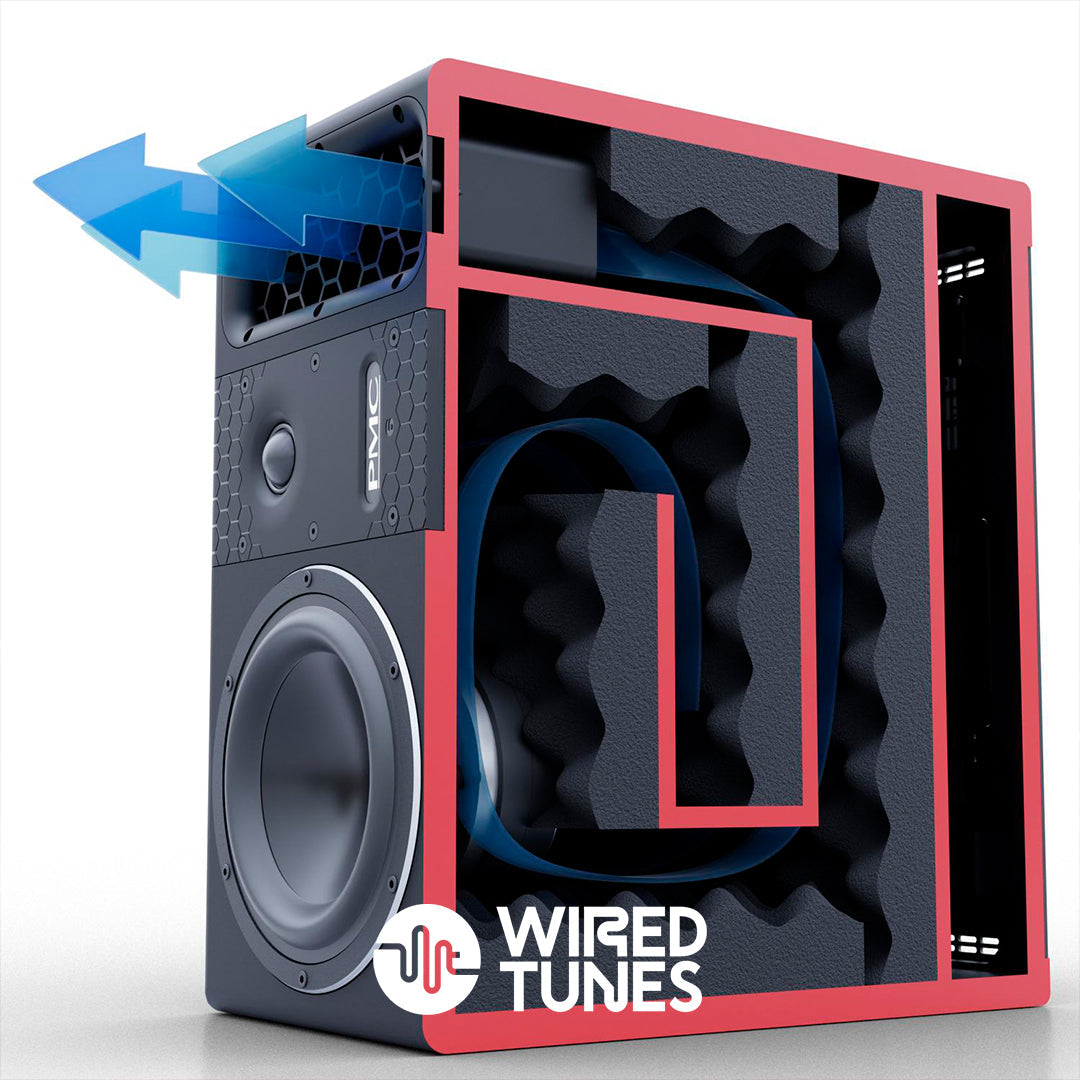With the advent of spatial sound technologies like Dolby Atmos, the approach to creating and experiencing music has undergone a significant transformation. Dolby Atmos allows sound engineers and producers to work with spatial audio on an entirely new level, crafting deeper and more immersive soundscapes that literally surround the listener.

Object-Based Mixing
One of the key differences between Dolby Atmos and traditional stereo or even 5.1 mixing is the use of an object-based mixing approach. In traditional 5.1 setups, sound was primarily focused on the front of the scene with added reverb in the rear channels, which didn’t always create a fully immersive experience. With Dolby Atmos, sounds are positioned not just around the listener but also above, adding new dimensions of depth and space.
Object-based mixing enables precise sound placement. Instead of being restricted to channels as in traditional mixing, sound engineers can "place" sounds in specific spots in the space, creating a sense of presence. For example, a sound can be precisely "above and to the right" or "centered behind the listener." This completely changes how music is crafted and opens up new possibilities for creative expression.
Greater Dynamic Range
Dolby Atmos brings back an essential element of music—dynamic range. Over the past 20 years, the music industry has often overused dynamic compression, leading to a loss of expression and emotion in recordings. Dolby Atmos technology makes excessive limiting challenging, allowing the natural dynamic range to be preserved. This gives listeners a "dynamic journey" where quiet moments draw attention, and loud moments deliver maximum impact.
A prime example is the famous Atmos mix of Gregory Porter’s "Mona Lisa." This live performance with an orchestra in Atmos format has such a profound dynamic range that it evokes powerful emotions. Quiet sections make the listener lean in, while louder moments surprise with their intensity. In stereo, such moments often lose their impact.
Spatial Instrument Separation
Another advantage of Atmos is what’s called "spatial unmasking." In stereo, two instruments with similar frequencies and dynamics can blur together, creating a muddy mix. In Dolby Atmos, these sounds can be spatially separated, making each one distinct. This is especially critical for complex arrangements where instruments overlap.
Additionally, using space instead of EQ to separate sounds opens up new opportunities for clean and natural sound. However, it also presents a challenge—Atmos mixes often "fold down" to binaural sound for headphones, so engineers must continually check how the mix translates across different listening environments.
Why Is Dolby Atmos the Future?
Dolby Atmos has redefined how music should sound. It adds depth, space, and dynamics that were previously unattainable. With this technology, the listener becomes part of the soundscape rather than just an observer. For musicians and producers, it’s not just a tool but a way to create music that evokes stronger emotions and deeply immerses listeners in the world of sound.
Want to experience Dolby Atmos for yourself? Visit our Wired Tunes showroom and test your mixes, discovering a new level of audio excellence.








